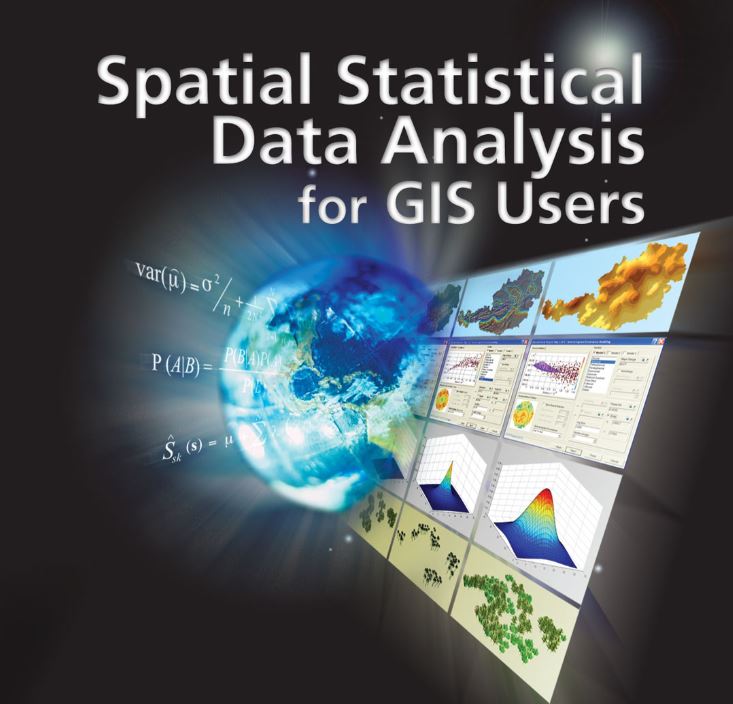In today's technologically-driven world, Geographic Information System (GIS) and Computer-Aided Design (CAD) software have become vital devices for several markets. While both GIS and CAD serve various reasons, they often get overwhelmed due to their overlapping function. Understanding the variations between GIS and CAD is vital for selecting the ideal program that satisfy your details necessities.
GIS, as the title proposes, is a body designed to catch, outlet, study, deal with, and present spatial or geographic data. It permits consumers to make involved charts through incorporating several coatings of relevant information such as roads, buildings, water bodies, flora cover, etc. GIS makes it possible for consumers to do complicated spatial analysis like distance evaluation, density mapping, course optimization, and considerably even more.
On the various other palm, Computer-aided-design software program centers primarily on developing precise technological drawings along with accuracy and precision. It is commonly utilized in architecture design and building and construction (AEC) sectors for developing properties or mechanical components with comprehensive sizes. CAD software program provides devices for composing 2D or 3D objects with exact sizes using collections, arcs, cycles, polygons etc., along along with features like scaling photos or rotating items.
The key variation lies in their fundamental function: while GIS handles along with geographic data administration and evaluation mainly in terms of location-based relevant information like coordinates on Earth's surface area or attributes affiliated with specific areas; CAD centers on design creation and documentation through highlighting accurate measurements and mathematical form.
An additional crucial distinction exists in their information models. Found Here uses a vector-based information version that exemplifies real-world items as factors (e.g., coordinates), series (e.g., roadway networks), or polygons (e.g., land parcels). This permits users to catch real-world phenomena efficiently. In contrast,CAD uses each vector-based data modeling techniques for exemplifying mathematical form as well as raster-based models for visualizing photos by means of pixels.
In addition,GIS incorporates qualities related to spatial data that permit consumers to store and evaluate extra info connected along with geographic features. For instance, a GIS can easily save credit information like populace density, land use, or elevation for numerous areas on a chart. This creates GIS an ideal tool for performing spatial analysis or making informed choices based on location-based data.

CAD software, nonetheless, focuses additional on the geometric residential or commercial properties of items and a lot less on their qualities. It is mainly used for creating specialized drawings or 3D designs that highlight correct sizes and precise representation of design. Computer-aided-design software enables developers or architects to create structures, devices, or components along with detailed requirements like sizes, components utilized, tolerances required etc.
When it happens to functions,GIS gives resources for spatial evaluation such as buffering (making a zone around a attribute), overlay (combining a number of layers), system analysis (finding the quickest option) and much even more. These logical functionalities help make GIS an vital resource in areas like city strategy, ecological monitoring, disaster reaction etc.
CAD software supplies attribute like parametric modeling (altering dimensions without modifying the style), simulation